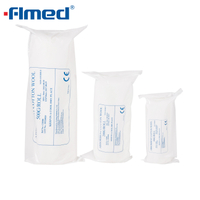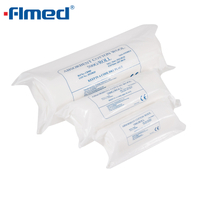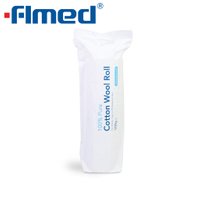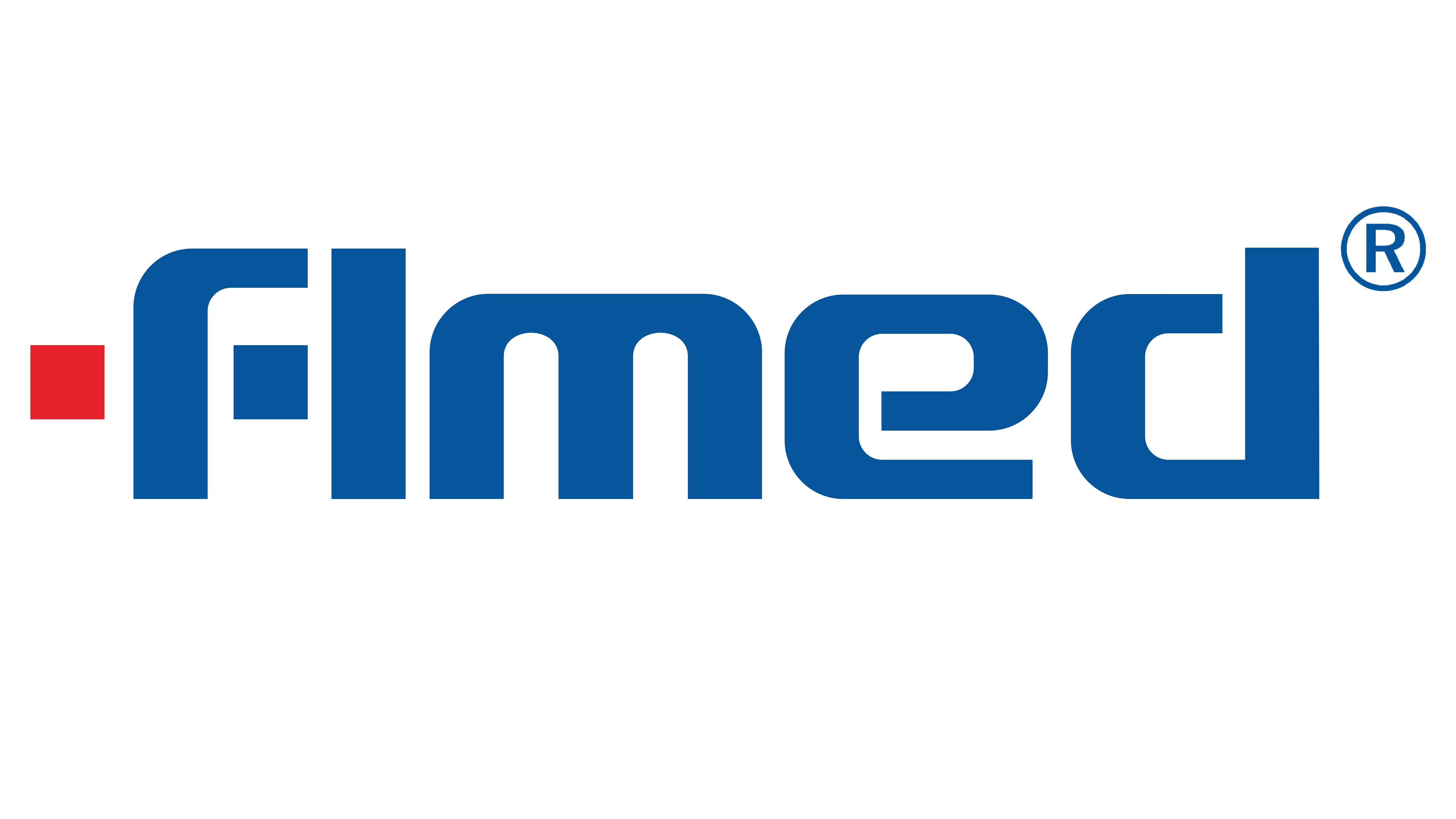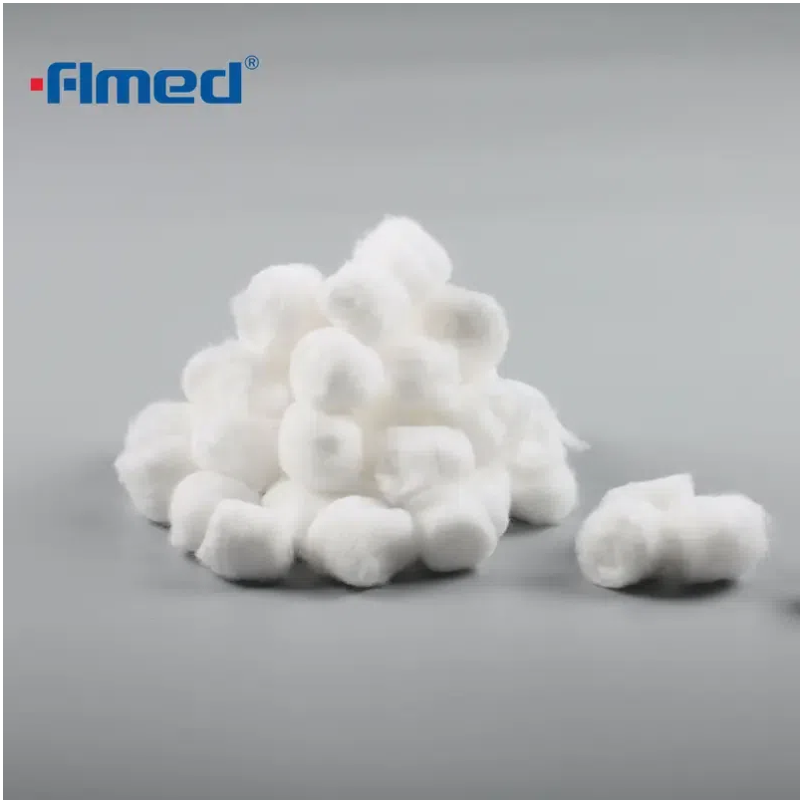
Knowing how medical cotton is processed helps you pick a supplier you can trust — here’s the factory route and the QA tests that matter. At Forlong Medical, we understand that procurement managers and healthcare distributors rely on transparency when choosing medical disposables. That’s why explaining the production of medical cotton, from raw fiber to cotton wool roll, is not just technical detail—it is a foundation of product reliability and confidence.
From raw cotton to medical product: the manufacturing steps
Turning natural cotton into safe, soft, and absorbent medical cotton is a multi-step process. Each stage is designed to remove impurities, ensure cleanliness, and prepare the fiber for clinical use.
Ginning
The process begins with ginning, where raw cotton harvested from the field is separated from seeds and coarse debris. This step ensures that only the fiber continues into the medical pathway. High-quality raw cotton is crucial; poor selection at this stage can affect every downstream property of the final cotton product.
Cleaning
The ginned cotton is then mechanically cleaned to eliminate small particles, husks, or dirt. Modern facilities use air separation systems and vibration filters to minimize contamination. Proper cleaning not only improves safety but also reduces linting later in the process.
Bleaching and purification
Next, the cotton undergoes bleaching. This step removes natural oils, pigments, and microbial contaminants while whitening the fiber. Medical-grade bleaching avoids harsh residues, keeping the material safe for direct contact with wounds and skin. Some facilities use peroxide-based bleaching, which is both effective and environmentally safer compared with traditional chlorine-based methods.
Carding
After purification, the fibers are combed through carding machines. This aligns the strands, giving the cotton its smooth and fluffy texture. Proper carding also ensures that the cotton has consistent absorbency and does not form hard clumps. This step is especially important for cotton that will later be formed into zigzag sheets or surgical dressings.
Forming into rolls, balls, or zigzag sheets
Once prepared, the cotton can be shaped into various forms such as cotton wool roll, cotton ball, or zigzag cotton sheets. Each form has its own clinical or consumer use. For example, cotton balls are commonly used in wound cleaning and cosmetic care, while cotton wool rolls are standard in hospitals for larger absorbent needs. Zigzag cotton sheets offer convenient tear-off use in clinics and dental offices.
Packing
Finally, the finished products are packed under controlled conditions. Packaging is designed to protect against dust, moisture, and microbial exposure until the cotton reaches end users. Some packaging is also designed for easy dispensing in busy clinics.
![Medical Cotton Medical Cotton]()
Key quality tests and standards
Producing medical cotton goes beyond machinery—it requires rigorous testing to meet global healthcare standards. Each batch must pass laboratory checks before shipment.
Absorbency
Medical cotton must absorb fluids quickly and in sufficient quantity. Absorbency tests measure how many times the cotton’s own weight in liquid it can hold. In wound care, the faster the absorption, the more effective the cotton is at preventing contamination and supporting healing.
Linting
Excess lint can interfere with healing or stick to instruments. Low-lint standards are therefore critical, particularly for cotton used in operating theaters. Manufacturers perform dry and wet linting tests to ensure fibers do not shed excessively.
Sterility checks
Sterile cotton undergoes microbial testing to confirm that no harmful bacteria or spores remain. Non-sterile cotton is also tested to ensure it meets safe bioburden levels for non-invasive use. These tests are aligned with pharmacopeia standards in different regions.
How to read a Certificate of Analysis (COA)
A COA is the buyer’s assurance that quality standards are met. Procurement staff should check parameters like absorbency rate, whiteness index, pH level, and microbial limits. Understanding a COA helps ensure you’re sourcing cotton that meets both internal requirements and international regulations. For global buyers, COAs are also critical for clearing customs and proving compliance to regulators.
Sterilization and packaging technologies
Not all medical cotton requires sterilization, but when sterility is essential, modern technologies ensure safety.
When to use autoclave, irradiation, or aseptic packing
Autoclaving uses pressurized steam to sterilize cotton in bulk. It is cost-effective but only suitable for products that can withstand moisture.
Irradiation with gamma rays or electron beams is suitable for packaged products that must remain sealed during sterilization.
Aseptic packing involves sterile environments that prevent contamination at the packaging stage, ensuring products stay clean until use.
For hospitals and surgical suppliers, understanding which method was used helps confirm that the cotton matches intended clinical use.
Shelf life and storage recommendations
Medical cotton typically has a long shelf life if stored properly. Sterile cotton is usually valid for two to five years depending on packaging material. Products should be kept in cool, dry environments, away from direct sunlight and excessive humidity. Failure to follow storage guidelines can compromise absorbency and sterility.
Traceability and compliance: what buyers should request
For procurement teams, documentation is as important as product quality. Traceability ensures that every roll of cotton can be tracked back to its origin.
Batch numbers and lab reports
Reputable manufacturers assign batch numbers to every carton. This allows healthcare providers to trace quality issues back to specific production runs. Lab reports provide additional assurance by listing test results against global standards, such as ISO or national pharmacopeia.
Simple supplier audit checklist
Buyers should request:
COA for each batch
GMP (Good Manufacturing Practice) certification
Details of sterilization method
Packaging integrity test results
Compliance with ISO and pharmacopeia standards
Evidence of raw cotton sourcing and traceability
Performing even a basic supplier audit reduces risk of supply chain disruption and builds confidence in long-term partnerships.
Sustainability angle: cotton sourcing and eco considerations
Today’s buyers are not only focused on quality but also on sustainability. Medical cotton production is adapting to these priorities.
Sourcing: Ethical sourcing ensures cotton is harvested in compliance with labor and environmental standards. Buyers increasingly request origin documentation for raw cotton.
Recycled content: Some manufacturers explore blending recycled cotton fibers into medical products, particularly for non-sterile applications. This reduces waste while maintaining function.
Bleaching alternatives: Eco-friendly bleaching methods, such as hydrogen peroxide or ozone treatment, are replacing harsher chlorine-based options. These methods protect the environment and reassure environmentally conscious buyers.
Forlong Medical recognizes that sustainability is now part of quality. By combining strict quality controls with eco-friendly production, we provide cotton that meets clinical needs without compromising future resources.
Conclusion
Medical cotton is not just a simple disposable—it is a carefully engineered product shaped by strict quality controls and international standards. From cotton wool roll to cotton ball, every form serves a purpose in healthcare, and the trust buyers place in these products depends on transparent production and reliable testing. At Forlong Medical, we combine over a decade of experience with proven manufacturing standards to deliver safe, consistent, and sustainable medical disposables worldwide. If you would like to learn more, arrange a virtual factory tour, or request product samples, please contact us today.

 English
English
